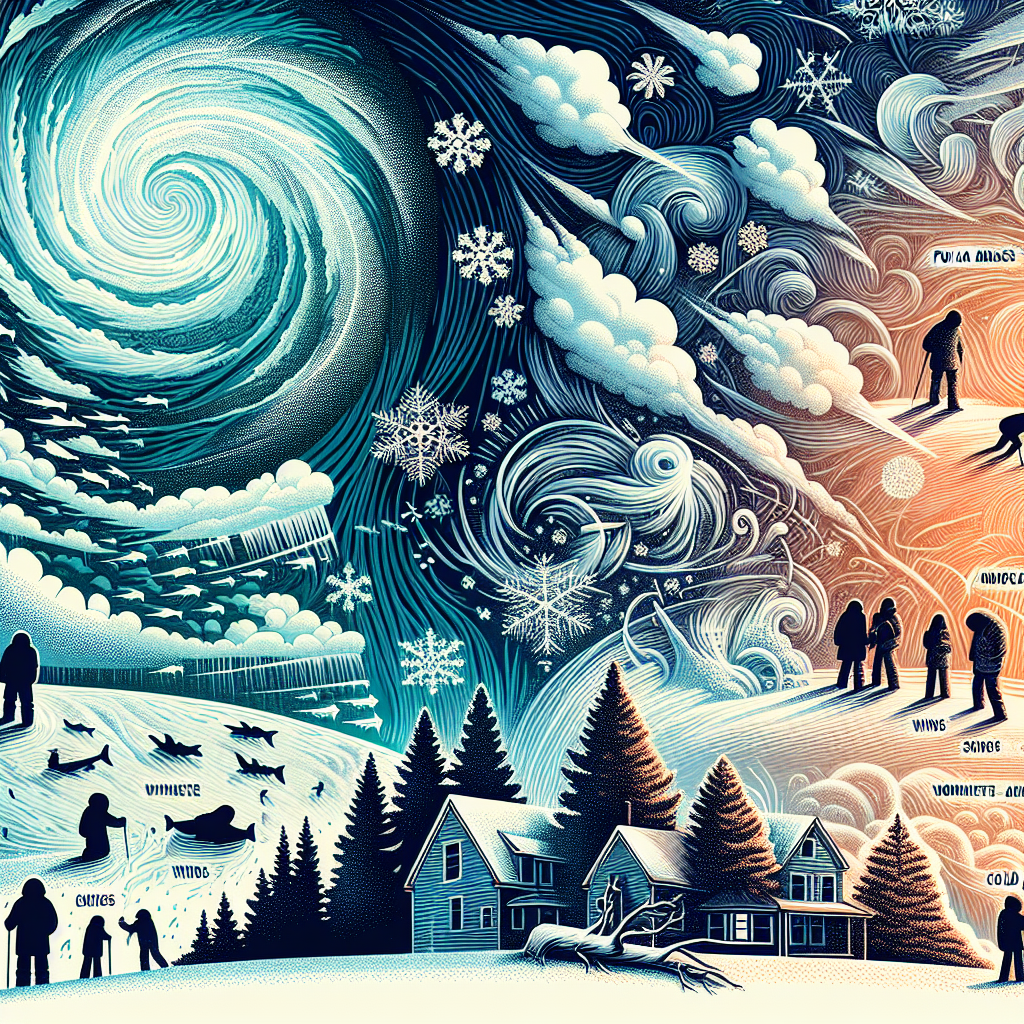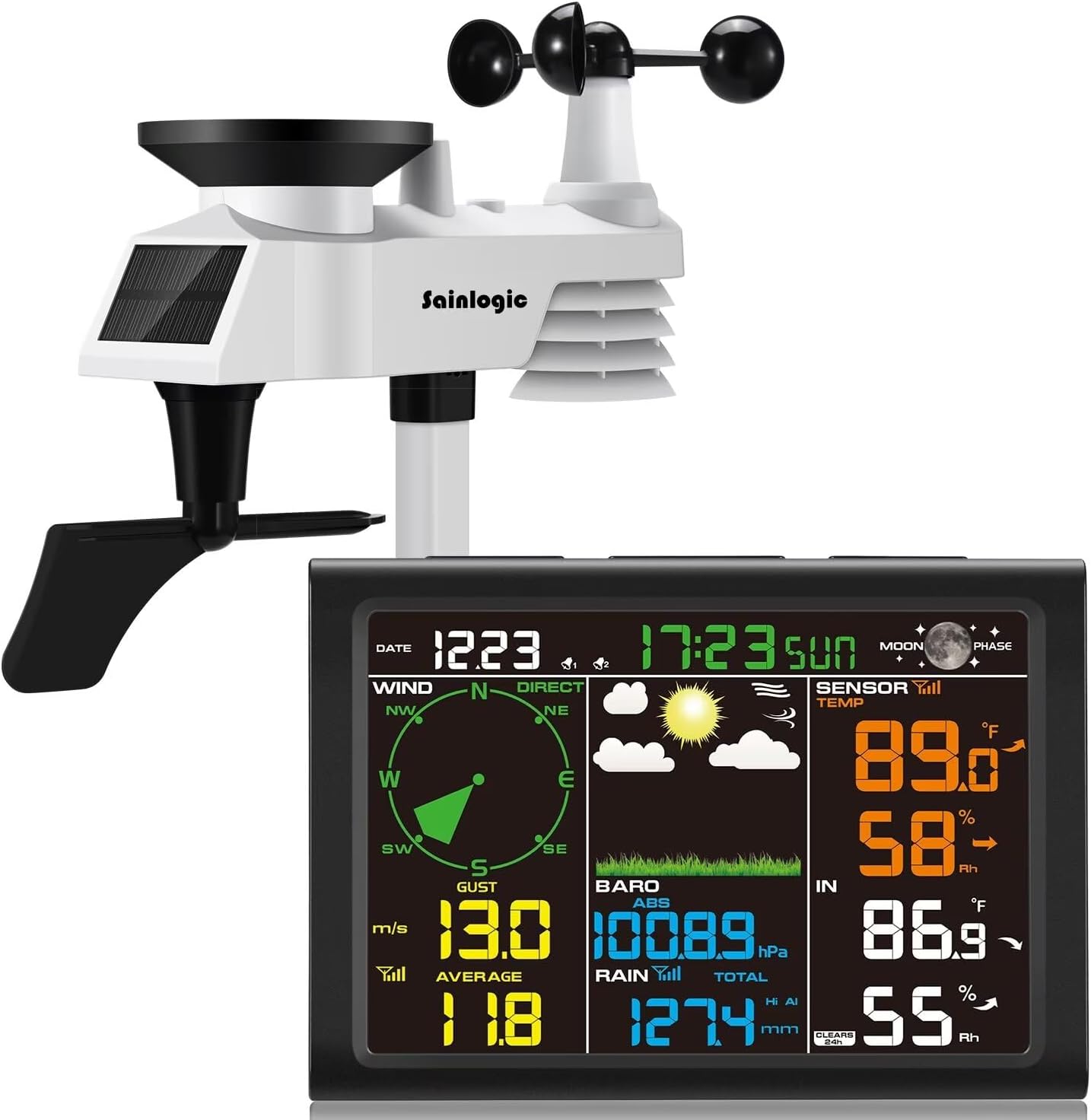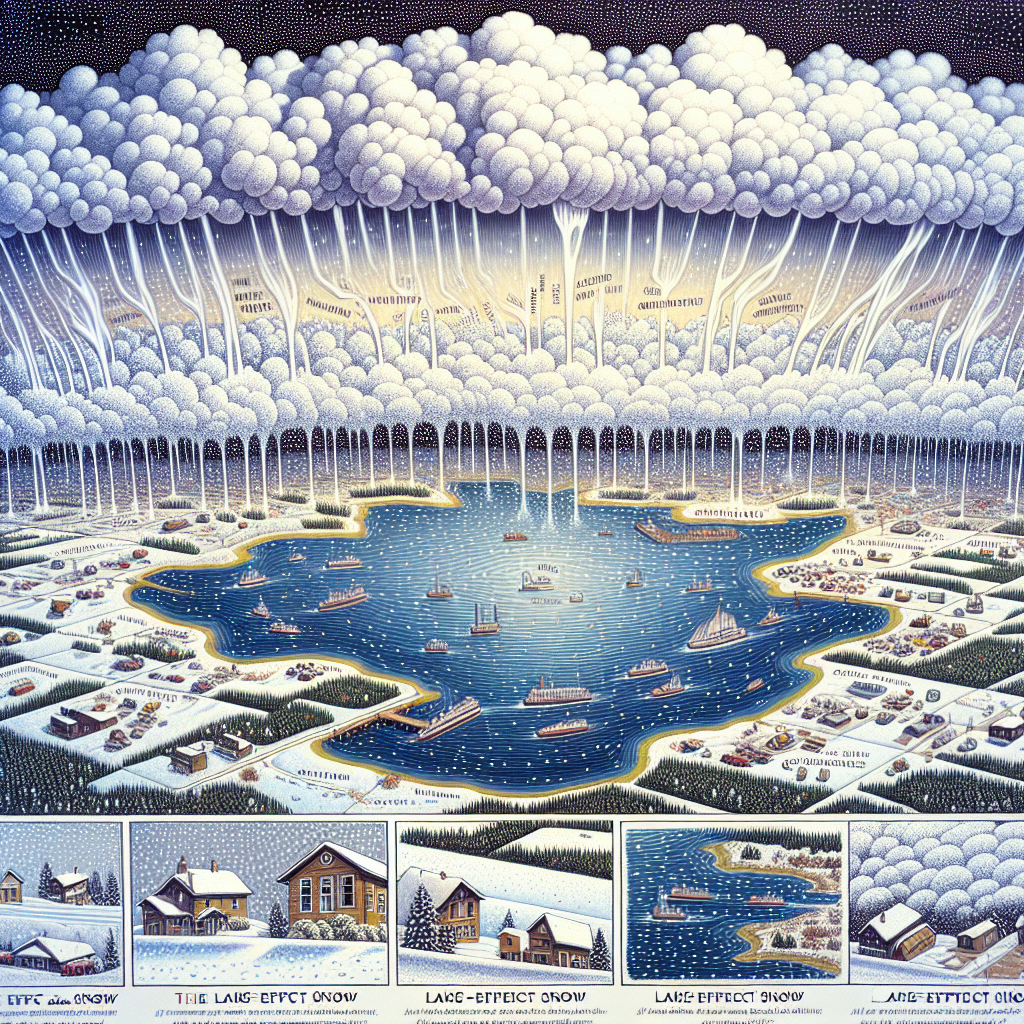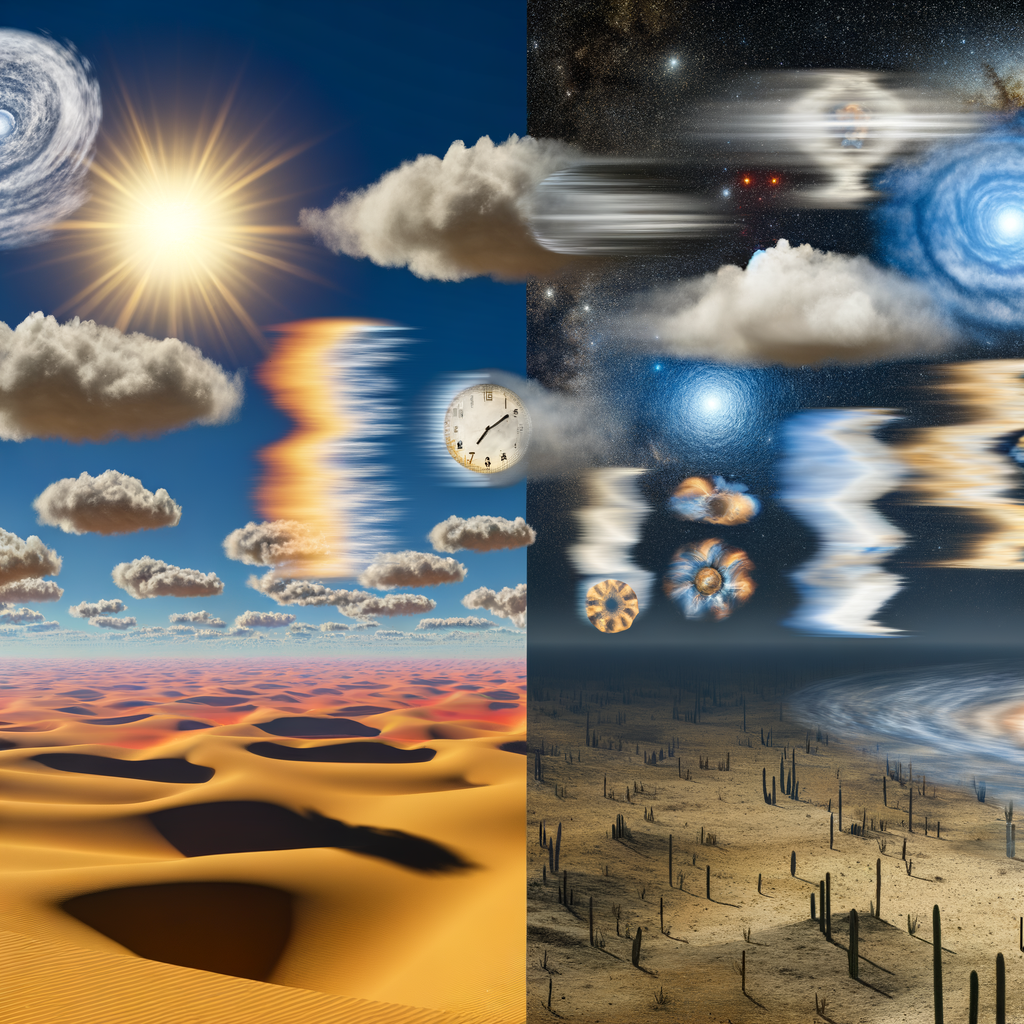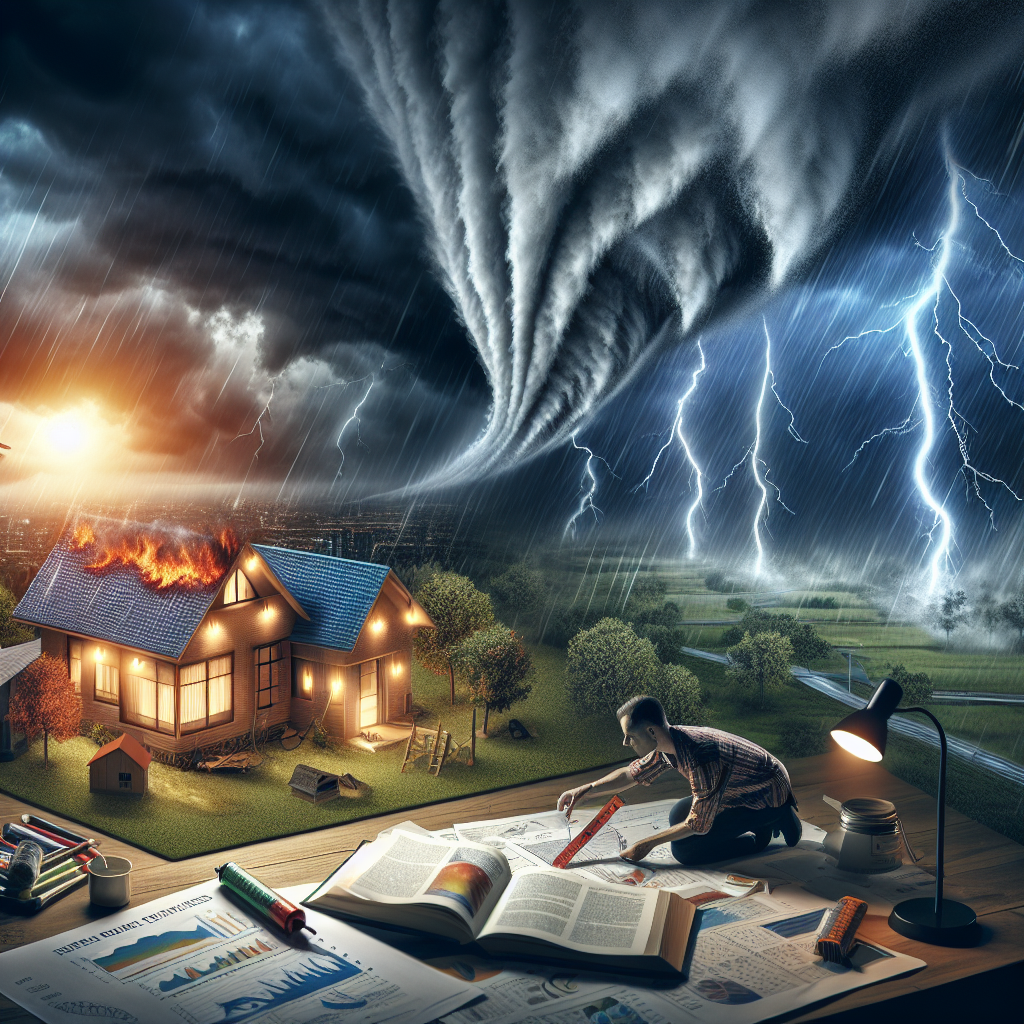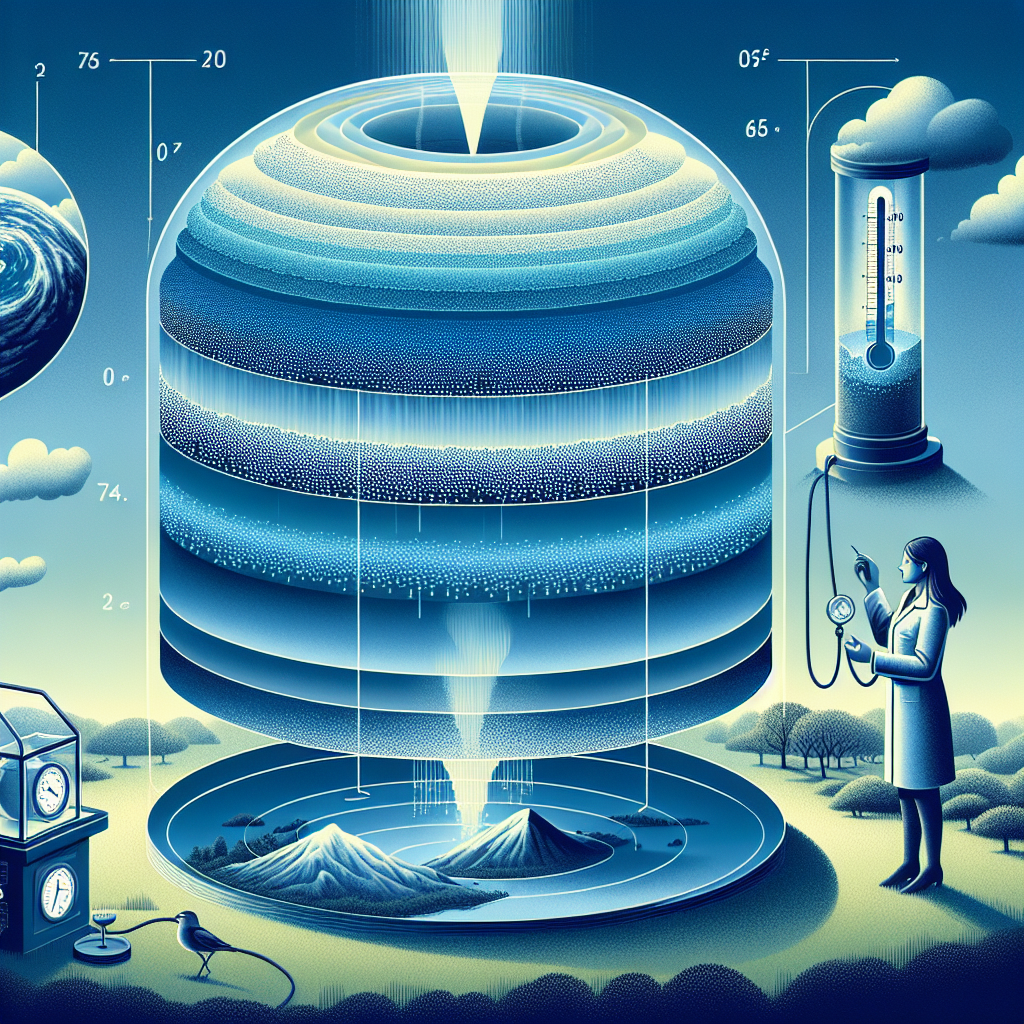Understanding Post-Storm Weather Patterns
When a storm passes, the immediate aftermath often brings an atmospheric calm that can be as captivating as the tempest itself. This article delves into the intricate dynamics of post-storm weather, highlighting the phenomena experienced after storms, the meteorological implications, and their effects on various ecosystems.
The Immediate Aftermath: The Calm Following the Storm
The calm after a storm is characterized by significantly quieter weather conditions. During a storm, winds intensify, precipitation levels peak, and atmospheric pressure fluctuates. However, as the storm dissipates, these elements shift dramatically. Winds often decrease sharply, and the skies may clear remarkably quickly, leaving a crisp freshness in the air. This sudden tranquility can be attributed to the stabilization of the atmospheric pressure that was previously disrupted.
Atmospheric Pressure Dynamics
The center of a storm is often accompanied by low pressure. As the storm dissipates and the surrounding areas return to a state of equilibrium, pressure rises. Meteorologists utilize barometric readings to observe this phenomenon. The transition from low to high pressure creates a noticeable impact on temperature, humidity, and wind conditions. This pressure shift can produce a brief period of fair weather, often referred to as “the calm after the storm.”
Temperature Fluctuations
Post-storm temperatures can vary widely depending on geographic location and the nature of the storm. For instance, storms in tropical regions may lead to warmer, more humid conditions due to residual warmth and moisture. In contrast, winter storms or cold fronts can result in a dramatic temperature drop, leading to sharper cooling once the storm passes. This phenomenon is often exacerbated by clear skies post-storm, which allow for heat radiation during the night, cooling the surface temperature quickly.
Changes in Humidity and Dew Point
The moisture content of the air is another crucial variable affected by storms. Rain tends to saturate the ground and surrounding atmosphere, leading to increased humidity levels immediately following the event, particularly in summer storms. In drier areas, this can manifest as a rapid shift towards more comfortable conditions. In contrast, higher humidity levels can lead to fog formation, particularly if cooling occurs rapidly after the storm.
Wind Patterns After the Storm
Post-storm winds are often lighter than the turbulent blasts felt during the storm itself. However, this can vary based on the geographical features of the area. In mountainous regions or valleys, wind patterns may shift to reflect local geography. For example, katabatic winds—a result of cold air descending from high altitudes—may dominate after a storm’s departure. Understanding these local wind behaviors is crucial for meteorologists when predicting weather outcomes in the immediate aftermath of a storm.
Effects on Ecosystems
The ecological impact following a storm can be significant. The rainfall nourishes plants, replenishing soil moisture that supports local flora. This sudden influx of water can lead to a burst of growth in vegetation, benefiting both flora and fauna in the environment. For example, animal movements and behaviors may be influenced by wet conditions, as they seek food sources and shelter available post-storm.
However, not all post-storm impacts are beneficial. Heavy storms can lead to flooding, resulting in significant ecological disturbances such as soil erosion and habitat destruction. Additionally, the aftermath can disrupt the migration patterns of birds and affect aquatic life due to changes in water levels and quality.
Atmospheric Stability and Cloud Formation
After a storm, atmospheric stability typically increases, leading to clearer skies and calmer conditions. This stability is essential for the formation of subsequent weather systems. It can pave the way for the development of cumulus clouds, which may appear in fair weather shortly after the storm. Meteorologists look for these patterns as indicators of potential weather changes moving forward.
The Role of Meteorological Models
Advanced meteorological models play a crucial role in analyzing post-storm weather. These models simulate atmospheric conditions, allowing scientists to predict how weather will evolve after the passage of a storm. Such predictions are vital for various sectors, including agriculture, transportation, and emergency management, providing insights on expected conditions over the following days.
High-resolution models can integrate data on pressure, temperature, humidity, and wind speed to produce short-term forecasts. These forecasts can help communities prepare for potential flooding, environmental cleanup, or any lingering effects from the storm.
Long-Term Weather Patterns
The aftermath of a storm can also influence longer-term weather trends. The data collected during and after these events contribute to understanding broader climatic patterns, such as seasonal changes. For example, an increase in storm frequency can indicate shifts in regional climate norms, potentially signaling changes in agricultural viability or increased susceptibility to natural disasters.
The Psychological Impact of Storms
Beyond the scientific aspects, there is a psychological component to the calm following a storm. The dramatic shift from chaos to quiet can evoke various emotions, including relief, anxiety, or introspection. Communities often come together in the storm’s wake, engaging in cleanup efforts or simply enjoying the serene aftermath. This collective experience can foster resilience and a sense of camaraderie.
Conclusion: Embracing the Calm
While the calm after the storm brings a welcome respite, it also presents opportunities for growth and reflection. Understanding post-storm weather patterns not only aids in predicting immediate conditions but also contributes to understanding broader climatic trends. By studying these phenomena, communities can become better prepared for future weather events, fostering a sense of resilience and adaptability in the face of nature’s unpredictable forces.

